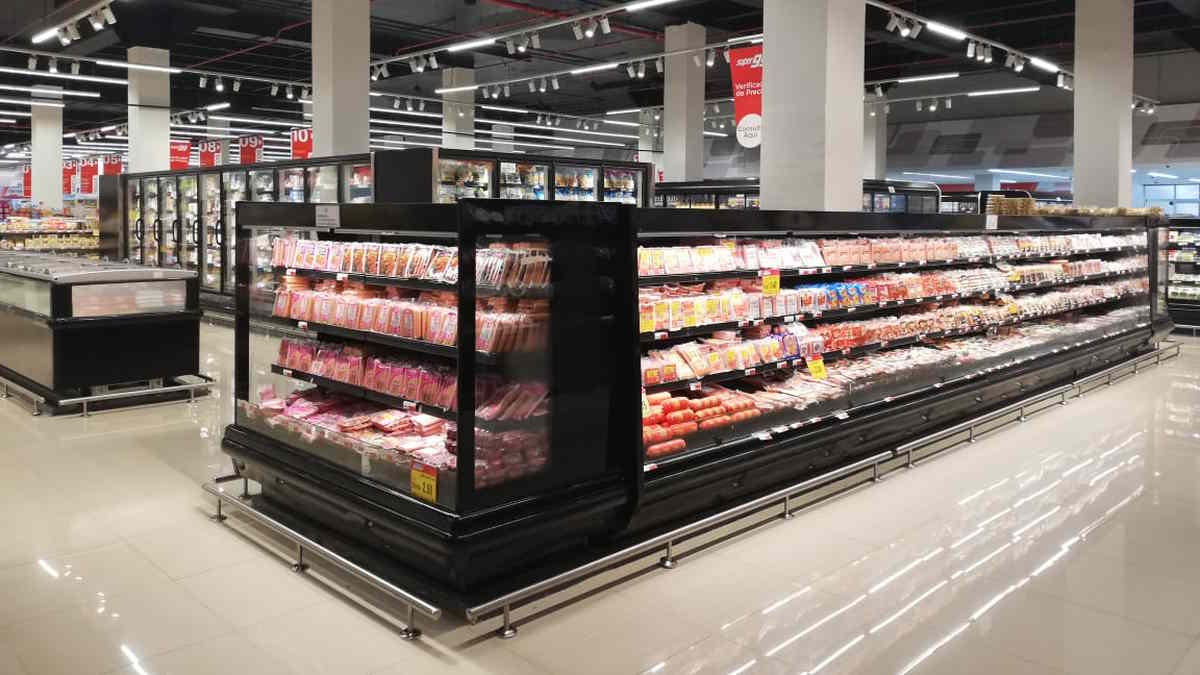Panama. Aldrick Cruz, refrigeration manager of the company Climatizadora, S.A., shared an overview of the development of refrigeration systems in Panama during the last decade, from his professional perspective and taking into account trade relations with the United States.
Aldrick's text begins by commenting that "the development of refrigeration systems in our country (Panama) in recent years is curious."
When I started in this business, in 2009, the industry was in full transition from the use of R-22 to refrigerants, theoretically more ecological, such as R-507a and R-404a due to the commitment acquired in the Kyoto protocol. in which Panama is a signatory.
At that time, the supermarkets and distribution centers of the country's food importers did not envision a future with the use of natural refrigerants and the investment effort was directed to certain issues of automation and control of the systems in order to obtain energy savings... remember that refrigeration systems operate 24 hours a day.
In those years, major supermarket chains only carried out projects of 3,000-4,000 square meters of sales area, so the requirement for refrigeration equipment was significant.
Also, almost the entire industry was devoted to the use of American equipment, both in supermarket refrigerators, cold room evaporators, compressor racks and condensing units. We did it for the ease of getting spare parts in the local market and if something got complicated, there was always the option of getting it in Miami, USA.
Likewise, the prestige of the American teams and the influence of the culture of the north motivated end users to prefer them; but things began to change around the years 2013-2015, when there was a strong penetration in the local market of European equipment and with them came the trends towards natural refrigerants such as CO2, at that time in subcritical systems for our warm regions.
At that time, Europe was very advanced in environmental conservation policies from the point of view of refrigeration systems and refrigerant use, compared to the United States.
The boom continued and along with it, technology improved and around 2020 we started having transcritical CO2 refrigeration systems. As of today, 40% of major supermarket chains use this refrigerant for each planned new project.
It is important to mention that the strategy of the supermarkets also changed, regarding the size of their projects. Now they make small formats of 800-1,500 square meters and although there are chains that continue to use refrigerants such as 507a and 404a in these formats, there are others that once switched to the use of natural refrigerants such as transcritical CO2, they will not return to the use of synthetic refrigerants despite knowing that the initial investment is higher and the years of return on investment double.
* Article written by Aldrick Cruz, refrigeration manager at Climatizadora S.A.














